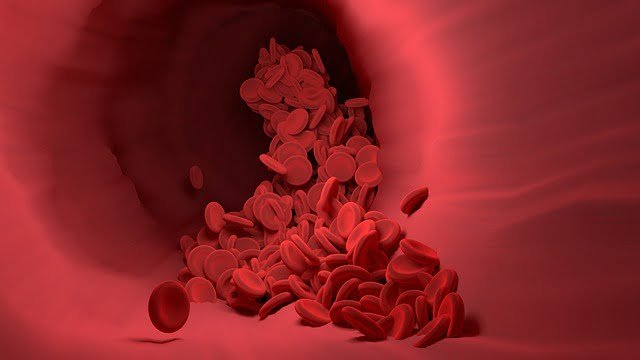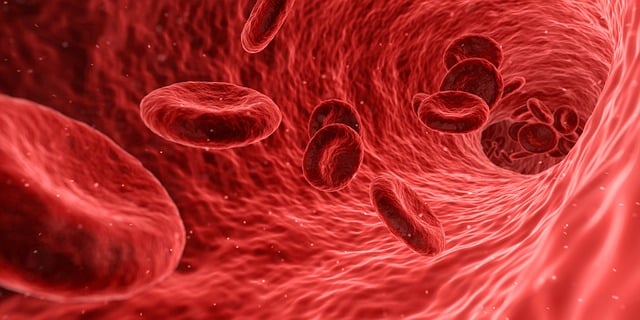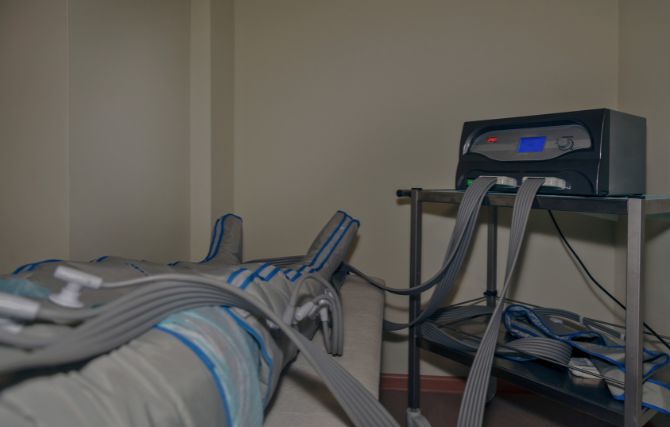At the feet of certain risk factors, our body has the potential to start developing blood clots in the deeper veins. A blood clot, when attached to the inner lining of the veins, is called a thrombus thus the condition, deep vein thrombosis or DVT. These localized clots can further detach from their base and start flowing freely into the blood, now called an embolus. These intravenous blood clots are often known to cause mild to severe post-thrombotic disorders including chest pain, breathing difficulties, heart diseases, lung failure, etc. Considering these fatal issues, the prevention and management of deep vein thrombosis becomes necessary. Let us take a look at what sequential compression devices are and what efficacy they have against thrombosis.

Statistics Regarding Deep Vein Thrombosis
According to the Centers for Disease Control and Prevention (CDC), each year, 900,000 individuals living in the United States experience deep vein thrombosis. Among these, approximately 25% die a sudden death due to the consequences associated with thrombosis or embolism. These fatalities are, however, preventable with proper management of the condition.
What is a Sequential Compression Device?
A sequential compression device, abbreviated as SCD, is an inflatable, sleeve-shaped wrap that is employed to cover the lower legs. Once worn, these SCDs are inflated with air to put pressure on the lower limbs, a process that mimics walking while the patient is lying or sitting. This artificially applied pressure helps prevent the formation of thrombi and emboli in the blood vessels.
Working Principle of Sequential Compression Devices
In veins, the pressure of blood is low which facilitates the formation of blood clots. If a thrombus is formed, it tends to prevent the movement of blood, especially through the legs which further increases the chances of deep vein thrombosis. When a person walks, these thrombi are often broken due to the movement of muscles. However, in bedridden patients, the natural deterioration of these clots is difficult.

When an SCD is employed in such patients, an alternative intermittent pneumatic compression applied by the device helps the blood flow through the veins and guides it toward the heart. This way, calf muscles are emptied and relaxed.
Moreover, the sequential compression devices also promote the release of clotting-preventing substances in the body which further lessen the chances of thrombosis. In addition, oxygen-rich blood starts flowing through the limbs. All of these changes add up to eliminate the health risks related to deep vein thrombosis.
Advantages of Using Sequential Compression Devices
Sequential compression devices are employed to achieve the sole aim of preventing deep vein thrombosis. However, the device performs its job in various ways by providing the following advantages:
● SCDs are utilized as a prophylactic therapy in general surgery patients with the aim of preventing the incidence of thromboembolism.
● Studies have indicated the efficacy of SCDs in increasing the blood flow in the femoral veins present in the lower extremities.
● SCDs have also been found to impact the fibrinolytic pathways by shortening the euglobulin lysis time i.e. the device tends to quicken the process of clot breakage in the body.
● The levels of intrinsic anti-coagulants are also elevated by the use of sequential compression devices which further speeds up the deterioration of clots in the veins.
● With the use of sequential compression devices, the blood levels of plasminogen activator are also balanced in a way to enhance the breakage of fibrinogen, the clot-forming protein.
Sequential Compression Devices-Brands and Features
Multiple companies construct and market compression devices that are widely used in hospitals as well as in home-based bedridden patients. Some of the notable brands of sequential compression devices, along with their accessories, have been summarized below:
● DOCTOR LIFE Sequential Device
DOCTOR LIFE sequential air compression device is an FSA/HSA-approved system that acts as a leg massager. The device comes with recovery or compression boots which improve blood circulation as well as lymphatic drainage from the feet and legs.
Patients with pain, soreness, swelling of the lower extremities, muscular tension, edema, as well as varicose veins find this device useful for the alleviation of their condition. The device also comes in different sizes ranging from medium to XXL.
Moreover, it is easy to use and home-friendly. Both patients, as well as athletes suffering from an injury, can use the DOCTOR LIFE devices.
● Covidien SCD Express Compression Tubing
Every sequential compression device comes with a tubing which is to be attached to an SCD machine in order to inflate and deflate the sleeve. Covidien SCD compression tubing has a length of 7 inches and is made up of clear plastic.
The device is durable and can be used multiple times. Its weight is around 5 pounds which makes it easy to carry. Moreover, the Covidien express compression tube does not break or leak easily which renders it a useful item.

All of the sequential compression devices mentioned in this article, along with multiple other medical supplies, are available at Health Supply 770 at the most affordable prices. Furthermore, the prices are even lower during the weekly deals they offer on certain items. Do check out the link at the end of the article for making a purchase of compression devices and associated accessories along with many other medical instruments.
Conclusion
Deep vein thrombosis is a condition in which blood clots are formed in the body particularly in the lower limbs. By the use of sequential compression devices, it has become possible to not only decrease the chances of clot formation by prophylactic use but also to manage the associated symptoms such as pain and swelling of the lower extremities.
Moreover, these SCDs have been proven to speed up the intrinsic pathways that dissolve the blood clots. Owing to their well-established efficacy, SCDs are considered essential medical devices for bedridden patients. Special focus should be given to purchasing medical equipment from reliable vendors like Health Supply 770 as only good quality equipment can pave the way toward improved healthcare.
Click to Order From Health Supply 770
References

PhD Scholar (Pharmaceutics), MPhil (Pharmaceutics), Pharm D, B. Sc.
Uzma Zafar is a dedicated and highly motivated pharmaceutical professional currently pursuing her PhD in Pharmaceutics at the Punjab University College of Pharmacy, University of the Punjab. With a comprehensive academic and research background, Uzma has consistently excelled in her studies, securing first division throughout her educational journey.
Uzma’s passion for the pharmaceutical field is evident from her active engagement during her Doctor of Pharmacy (Pharm.D) program, where she not only mastered industrial techniques and clinical case studies but also delved into marketing strategies and management skills.
Throughout her career, Uzma has actively contributed to the pharmaceutical sciences, with specific research on suspension formulation and Hepatitis C risk factors and side effects. Additionally, Uzma has lent her expertise to review and fact-check articles for the Health Supply 770 blog, ensuring the accuracy and reliability of the information presented.
As she continues her PhD, expected to complete in 2025, Uzma is eager to contribute further to the field by combining her deep knowledge of pharmaceutics with real-world applications to meet global professional standards and challenges.








